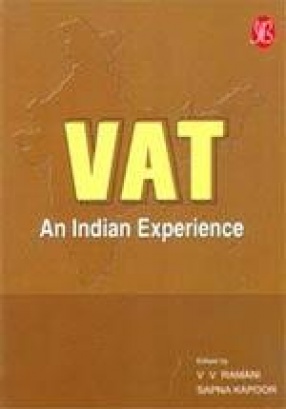VAT: An Indian Experience
Synopsis
The much-awaited Value-Added Tax (VAT) has been introduced in Indian Taxation System from April 1, 2005. Now, India is a part of other 123 countries following VAT led by UK in 1973. It is said that four years is a very short period in introducing VAT in the country as compared to ten years, on an average, by other countries. VAT is most certainly a more transparent and accurate system of taxation. The existing sales tax structure allows double taxation thereby, cascading the tax burden. VAT can be considered a multi-point sales tax with set-off for tax paid on purchases and capital good. What this means is that dealers can actually deduct the amount of tax paid for purchase from the tax collected on sales, thereby, paying just the balance amount to the Government. This book deals with the issues and the implications of VAT in India. The Indian tax system has allotted various taxes between the Centre and the states, with different states having different tax rates. There is a necessity for standardizing and bringing about uniformity in tax structures of the states, which will take time for implementation. The second section of the book deals with the impact of VAT on the Indian economy, pricing strategies, infrastructure and agriculture and other sectors of the economy. The State-VAT is only the beginning; the ultimate goal is to move to an Integrated Value-Added Tax structure for all goods and services combining the CENVAT, State VAT, and all other state level duties.
Read more
17.10
15.39
$
19.00 $
Free delivery Wolrdwidе in 10-18 days
Ships in 2-4 days from New Delhi
Membership for 1 Year $35.00
Get it now and save 10%
Get it now and save 10%
BECOME A MEMBER
Books by the same authors











Bibliographic information
Sapna Kapoor